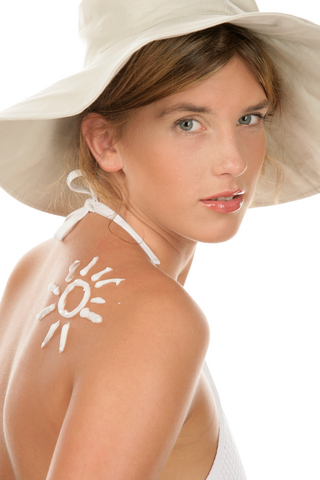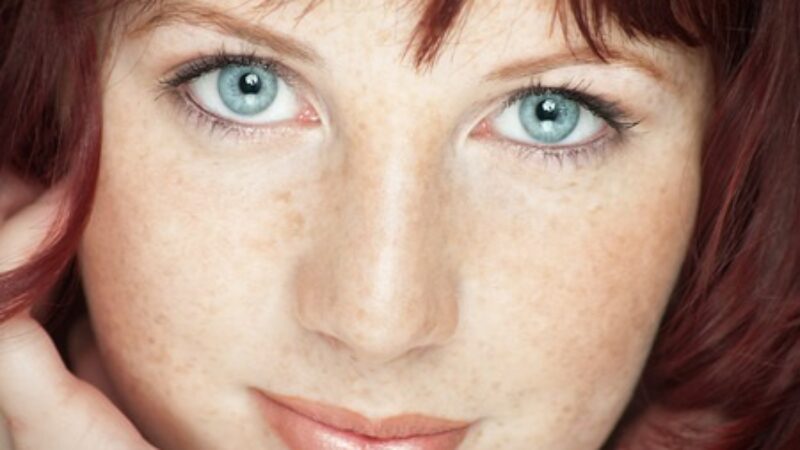Solar Urticaria is a rare and extreme skin reaction caused by exposure to natural sunlight or to other artificial sources of ultraviolet light such as tanning beds and UV lamps. Its principal characteristic is a hive-like rash that develops within minutes of sun exposure. Once the skin is no longer exposed to the ultraviolet light, the hives disappear. This may take anywhere from a few minutes to a full 24 hours. For the majority of solar urticaria sufferers, this becomes a chronic condition and will reoccur with subsequent exposure to the sun.
Although the actual cause of solar urticaria is unknown, current belief is that the body’s immune system is reacting to UV radiation, resulting in extraordinarily sudden hives. Unlike heat rash , which is caused by sweat ducts becoming blocked and perspiration being trapped under the skin, solar urticaria is a true allergy, triggered by the sun’s UV rays.
Cases of solar urticaria occur more often in the spring and summer when parts of the body that are normally covered up by clothing are suddenly exposed to the sun. Unexposed skin may also experience a reaction. The face and hands, regularly exposed to UV light, are generally not as affected as the arms, upper body and legs. Symptoms vary for each individual but may include:
- Red, raised bumps
- A swollen, weal-like rash
- Itchy, burning skin
- Headache, nausea or fainting in more severe cases
Although rare, some individuals may experience an anaphylactic reaction, with bronchospasm (difficulty breathing).
There is no known cure for solar urticaria. Those who suffer from it must take steps to limit or avoid sun exposure in order to hopefully prevent a reaction. Since completely shunning the sun is not always possible, adopting sun-smart strategies is key to controlling the condition: wear clothing that effectively blocks out UV radiation and apply a good, broad-spectrum sunscreen. Preventative treatment by taking antihistamines on a regular basis can help some individuals. More severe cases may be treated with immunosuppressing drugs, but these can come with severe side effects. Plasmapheresis (a technique that removes the blood plasma or fluid in the red blood cells and then returns the cells to the body), which is thought to remove a circulating factor from the blood that may be involved in causing the urticaria, is still being tested and is reserved for severe cases.
If a reaction does occur, antihistamines and bathing with cool water may help to reduce the hives, minimize itching and relieve the general discomfort until the rash clears.




